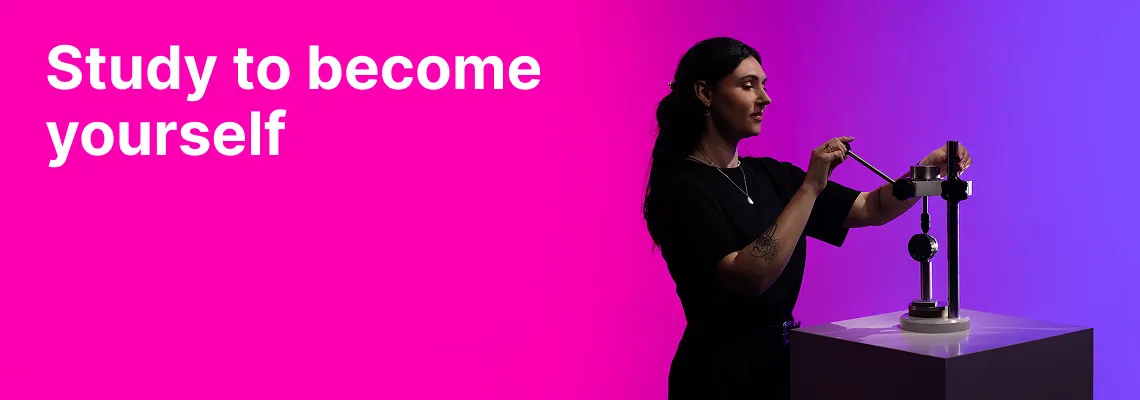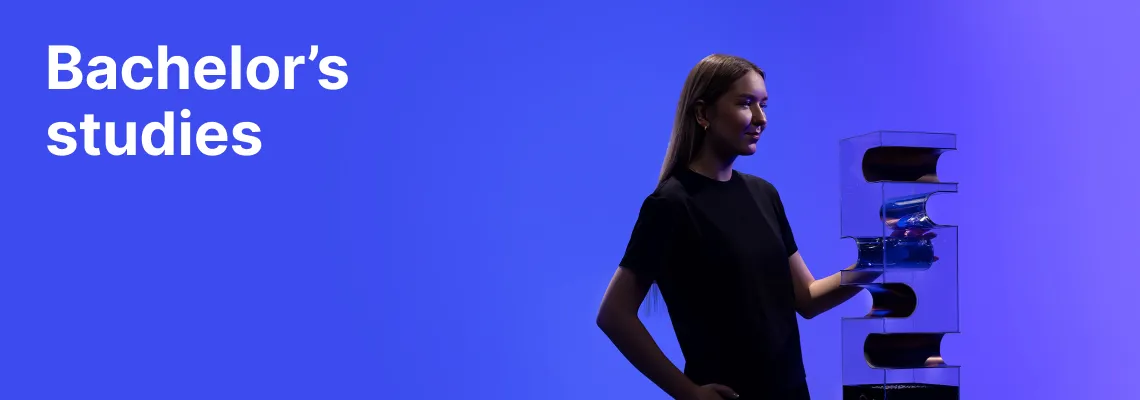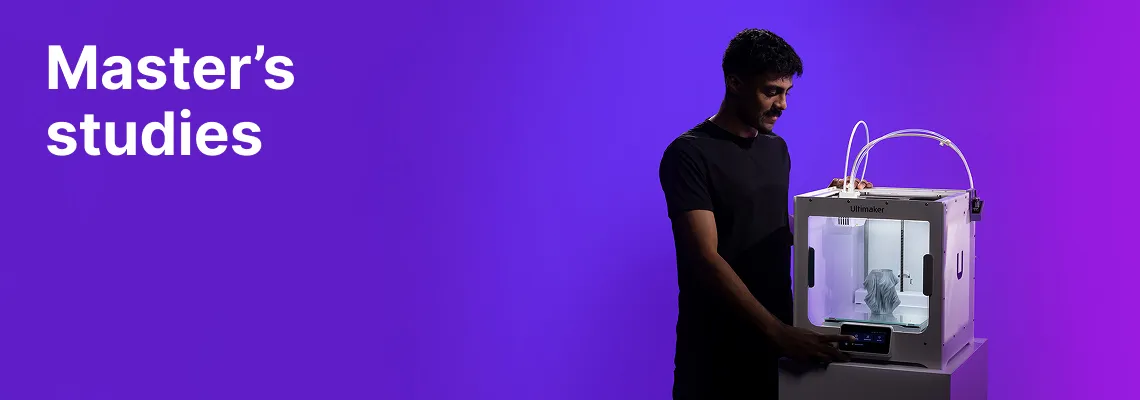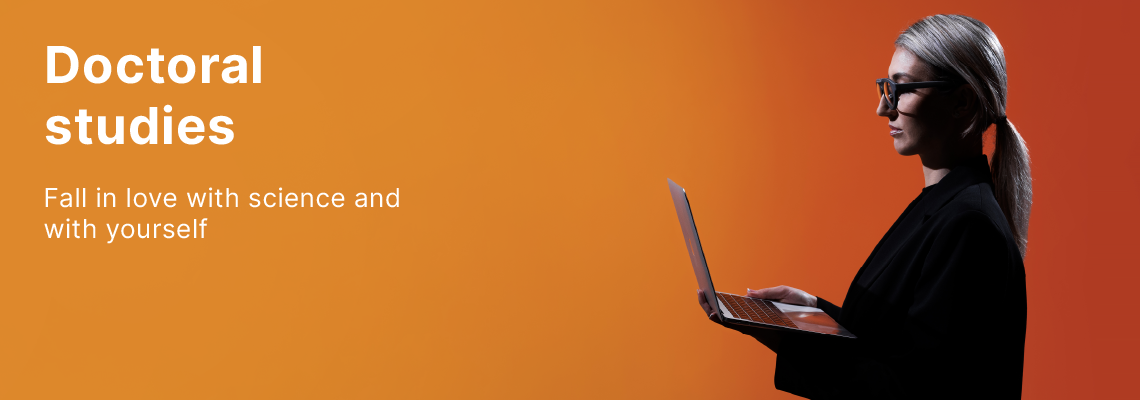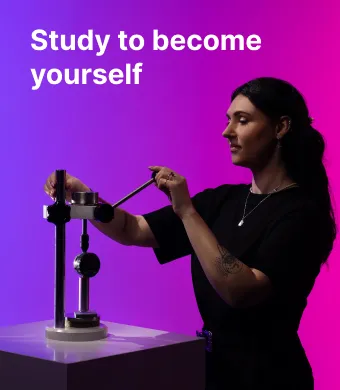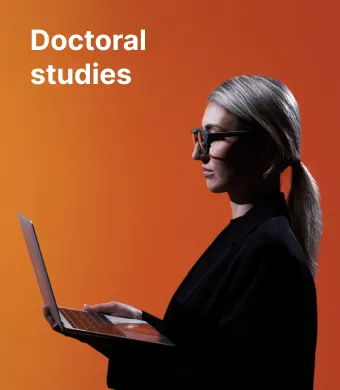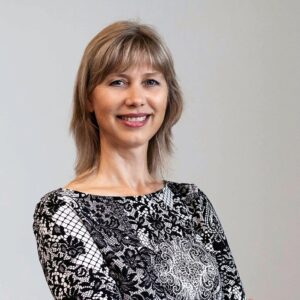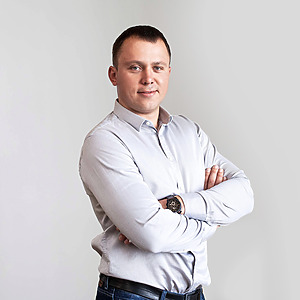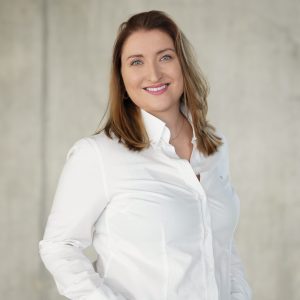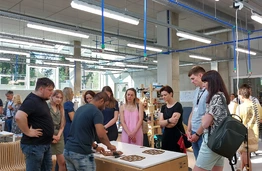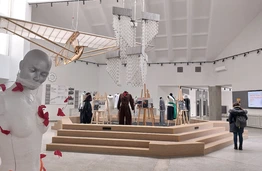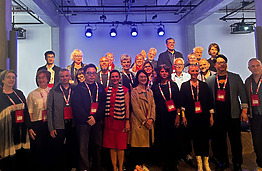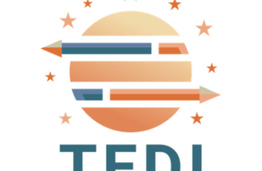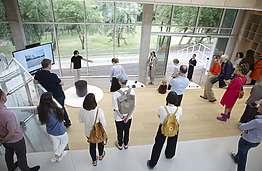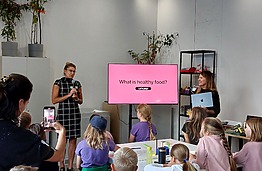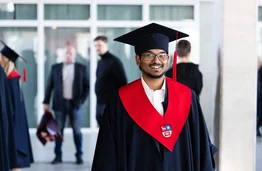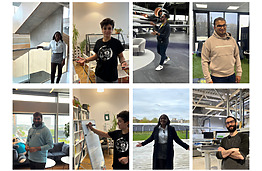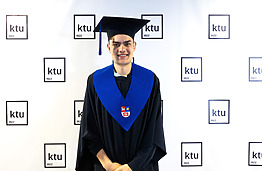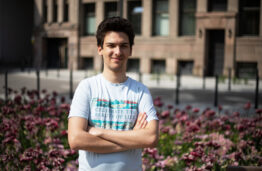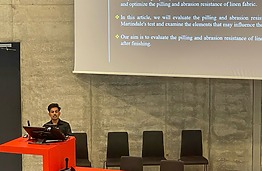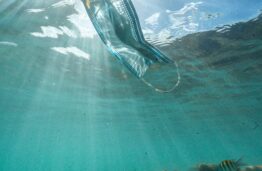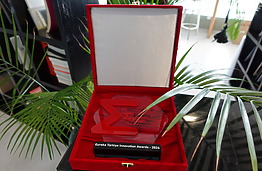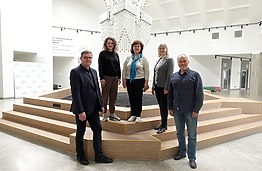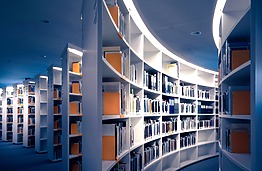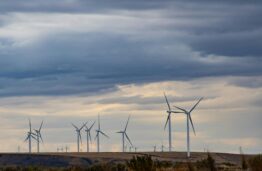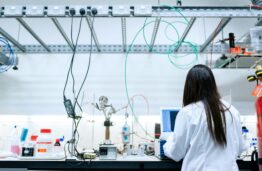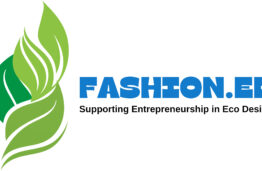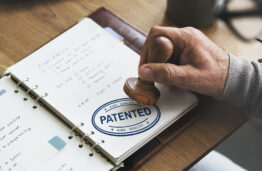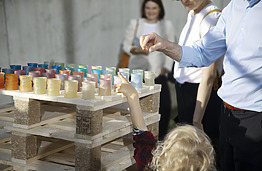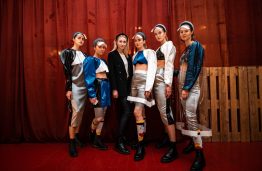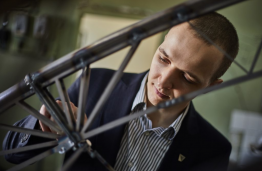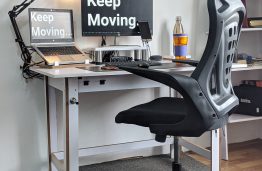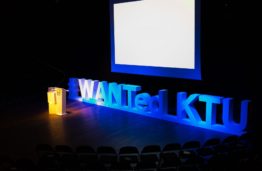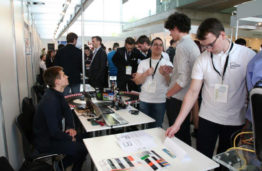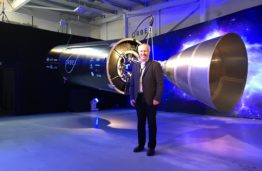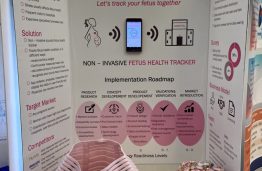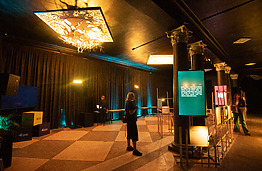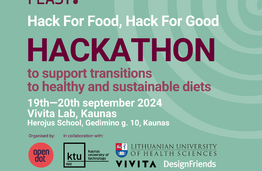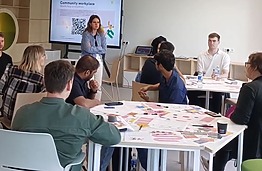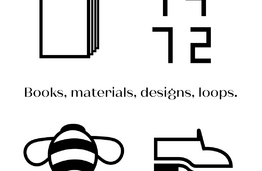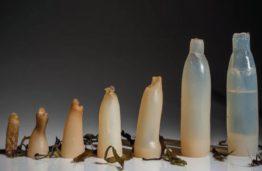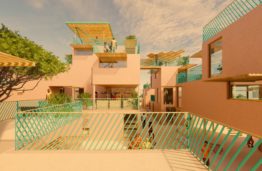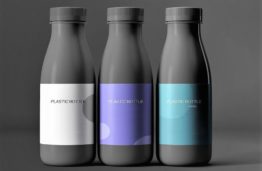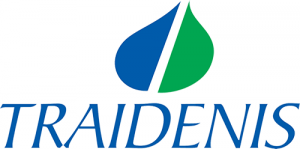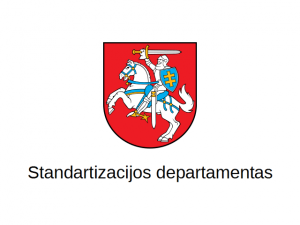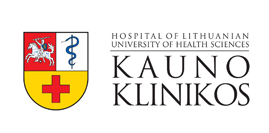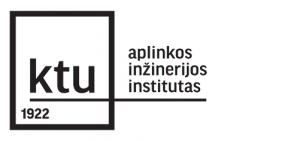The Faculty of Mechanics started its activities on 9 December 1947. It consisted of the Departments of Engineering Geometry, Turf Engineering, Mechanical Engineering, Wood Technology, Metal Technology, Textile Technology, Theoretical Mechanics, Transport Machinery and Heat Engines.
On 20 December 1950, Kaunas State University was reorganised into the University of Medicine and Kaunas Polytechnic Institute (KPI, since 1974 – Kaunas A. Sniečkaus Polytechnic Institute). Its Faculty of Mechanics consisted of the Departments of Automotive Engineering, Drawing Geometry, Mechanical Equipment for the Food Industry, Machinery Manufacturing Technology, Heat Engines, Textile Technology and Theoretical Mechanics. In 1953, the first groups of the evening department (mechanics) were admitted to KPI. These later grew into the evening faculty, which continued to be administered by the Faculty of Mechanics.
The People’s Economic Council (the state body that managed Lithuanian industry and construction from 1957 to 1965), which was established in the LSSR, started to set up machinery and instrument factories, which needed a large number of qualified engineers. The textile industry and the country’s energy economy developed rapidly. New specialities were being created, so the number of students at the Faculty of Mechanics grew considerably, and by the beginning of 1962 there were already more than two thousand. On 1 April 1962, it was decided to divide the Faculty of Mechanics into three faculties: Light Industry, Mechanical Engineering and Mechanical Engineering. The Departments of Textile Technology and Wood Mechanical Technology (established in 1941 when the Department of Mechanical Technology was reorganised into the Departments of Textile Technology, Wood Technology and Metal Technology) and the Departments of Economics and Organisation of Industrial Enterprises, and the Departments of Leather Technology and Textile Technology were transferred from the Faculty of Mechanical Technology to the Faculty of Light Industry. These three faculties have trained almost 30 000 engineers of various specialities, who have become managers of industrial enterprises, renowned Lithuanian scientists or political figures. Among the graduates of the faculties are Professors R. Bansevičius, A. Matukonis, K. Ragulskis, V. Ostaševičius, A. Fedaravičius, J. Sapragonas and M. Daunys. The faculties were staffed by eminent scientists, academicians J. Indriūnas, A. Žukauskas, K. Vasiliauskas, S. Kolupaila, A. Matukonis, Professors A. Briedelis, Č. Jakimavičius, L. Kumpikas, V. Mošinskas, V. Milašius and many others.
After the restoration of Lithuania’s independence on 1 November 1990. The name of Kaunas Polytechnic Institute was changed to Kaunas University of Technology on the first day of independence.
1 September 1993 The Faculty of Mechanical Engineering was merged with the Faculty of Mechanical Engineering, retaining the name Faculty of Mechanical Engineering. In the same year, the Faculty of Light Industry was renamed the Faculty of Light Industrial Technology, and in 1995 it was renamed the Faculty of Design and Technology. In 2005, in recognition of the achievements of the specialists of the Faculty of Mechanical Engineering in the fields of mechatronics science and studies and the prospects of mechatronics science for the development of the national economy and international cooperation, the Faculty of Mechanical Engineering was renamed the Faculty of Mechanical and Mechatronics Engineering.
In 2014, as part of the KTU restructuring programme, the Faculty of Mechanical Engineering and Mechatronics was merged with the Faculty of Design and Technology, and the new Faculty was renamed Faculty of Mechanical Engineering and Design.


